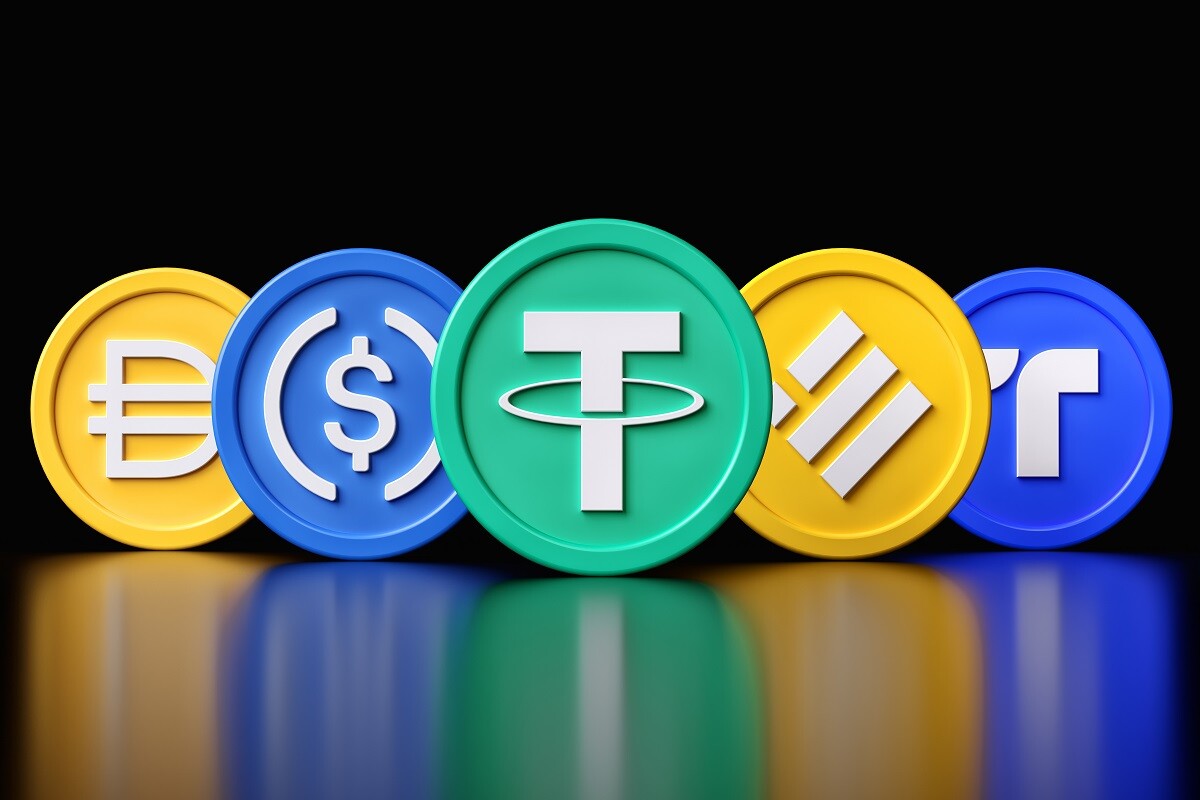Important Differences Between Bitcoins and Stablecoins
- July 1, 2024
- Jennifer Moore

Bitcoins and stablecoins are a part of cryptocurrencies but they are fundamentally different. Bitcoin was created as a decentralized digital currency by Satoshi Nakamoto in 2009. The stablecoins on the other hand were created later and are primarily designed to reduce price volatility. Stablecoins are usually pegged to a stable asset like fiat currency or a hard commodity like gold.
Differences Between Bitcoins and Stablecoins
Price Volatility
Price volatility is a major difference between Bitcoins and Stablecoins. Bitcoins are invariably more volatile than stablecoins. However, in terms of long-term investment Bitcoin has a huge edge over most stablecoins. From the perspective of short-term volatility, undoubtedly Stablecoins are more stable and safer.
Crypto Regulation
The crypto regulations are a major factor to consider while analyzing the safety of Bitcoins and Stablecoins. Bitcoin is legal in many countries, but it remains largely unregulated. Stablecoins contrastingly have an element of regulatory protection. For example, Binance USD (BUSD) and Pax Dollar are regulated.
Management Authority
Stablecoins are centralized cryptocurrencies, while Bitcoins are decentralized cryptocurrencies. This is one of the biggest differences between the two. Stablecoins will issue independent audits and reservation attestation. The protocol embedded into Bitcoin’s network manages the cryptocurrency. Stablecoins carry risks but can benefit from accountability. Bitcoin has better risk management structures because it prioritizes user privacy and cryptographic techniques.
Interoperability
Bitcoin has its blockchain system and is open-source. Therefore, there is continuous innovation by the company. Stablecoins contrastingly have multiple blockchains and achieve interoperability across different blockchain platforms.
Applications
Stablecoins and Bitcoins have distinct applications. The transaction fees involving Bitcoin are lower. This is why Bitcoin can complete global transactions within seconds. Stablecoins have more real-life applications and can make digital payments involving fiat currencies and commodities. People mainly use Bitcoin for trading and investing. Stablecoins, on the other hand, are like real fiat money.
Types
Stablecoins and Bitcoins differ significantly on this point. There is only one kind of Bitcoin available. Stablecoins are of four different types. Fiat currencies such as US Dollar and Euro support Fiat-backed Stablecoin. Commodity-backed stablecoins are pegged to commodities such as precious metals and materials such as cotton. Non-collateral stablecoins do not have any asset backing. Only crypto-backed stablecoins are superficially similar to Bitcoin.
Also Read- Vital Factors That Determine The Success of Cryptocurrencies
Final Thoughts
The differences between Bitcoins and Stablecoins are significant. There is no doubt that Bitcoins are more profitable and riskier than stablecoins. The purposes of these two also differ considerably, because trading and investing are common applications of Bitcoin. Purchasing is the main application of the stablecoins. In the overall crypto ecosystem, Bitcoin remains the leading cryptocurrency and continues to grow tremendously. Stablecoins too are gaining acceptability and may act as a bridge between the two parallel domains of centralized and decentralized finance in the future.
Categories
- AI (9)
- Altcoins (10)
- Banking (10)
- Bitcoin (133)
- Bitcoin ETF (11)
- Bitcoin Price (30)
- Blockchain (47)
- Brokering World Hunger Away (16)
- Business (9)
- CBDC (11)
- COVID-19 (3)
- Crypto ATMs (1)
- Crypto Banking (17)
- Crypto Bill (1)
- Crypto business owner platform (31)
- Crypto Investment (3)
- Crypto Markets (5)
- Crypto Payment (29)
- Crypto Prices (1)
- Crypto Trading (92)
- Cryptocurrency (400)
- Cryptocurrency Exchange (108)
- Data Visualization (2)
- Decentralized Finance (7)
- DeFi Payment (9)
- DEX (3)
- Digital Currency (22)
- Ethereum (2)
- FAQ (6)
- Finance (24)
- Financial Equality (4)
- Financial Freedom (8)
- Forex (24)
- ICO (2)
- Investment (11)
- Mining (3)
- News (66)
- NFTs (2)
- P2P (1)
- PayBitoPro (690)
- PayBitoPro Coin Listing (6)
- PayBitoPro Exchange (2)
- Post COVID Digital Transformation (1)
- Press Release (130)
- Privacy & Security (3)
- Real Estate (1)
- Stablecoin (4)
- Technology (14)
- Uncategorized (3)
- US Presidential Election (2)
- Utility Coin (1)
- Web3 business (2)
- Web3 Wallets (2)
- White Label Crypto Exchange (6)
Recent Posts
- Why Market Research Is the Foundation of Every Successful Web3 Business
- Start A Web3 Business: A Step-by-Step Web3 Startup Guide for Entrepreneurs
- How a Web3 Wallet Works — A Deep Dive with the Latest Technology
- Web3 Explained: Why It Matters for Next-Generation Businesses
- PayBitoPro: Redefining Digital Asset Innovation for a Borderless Future





